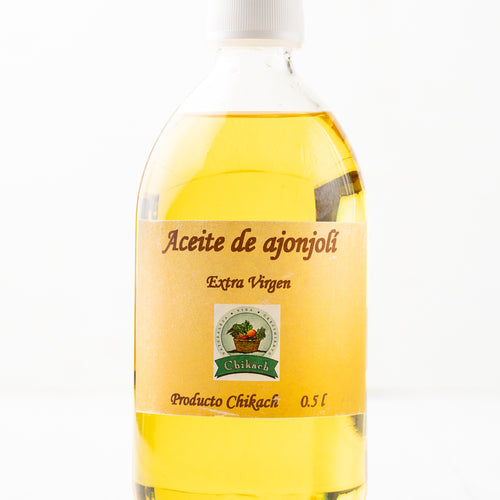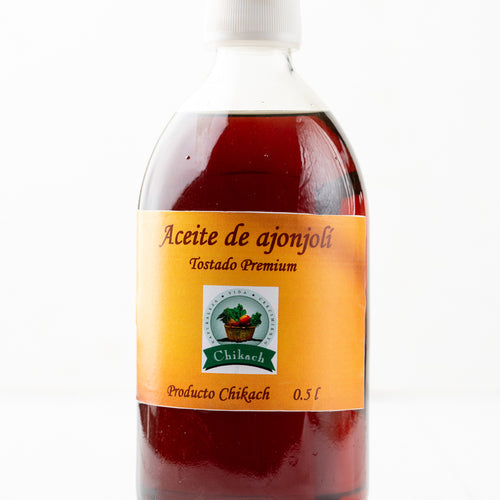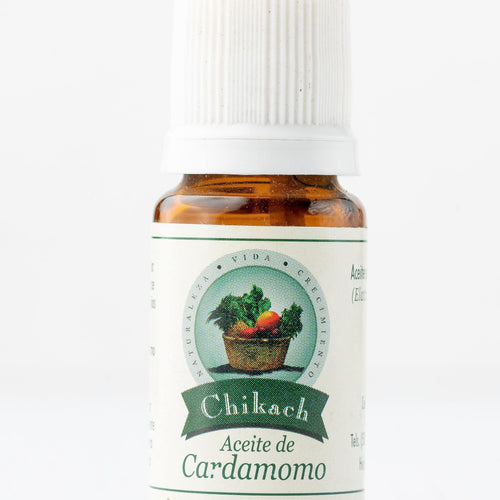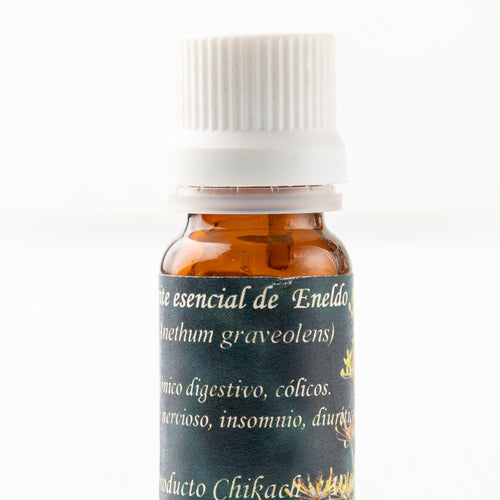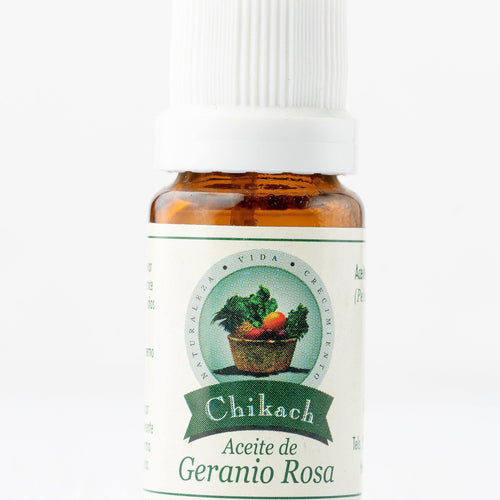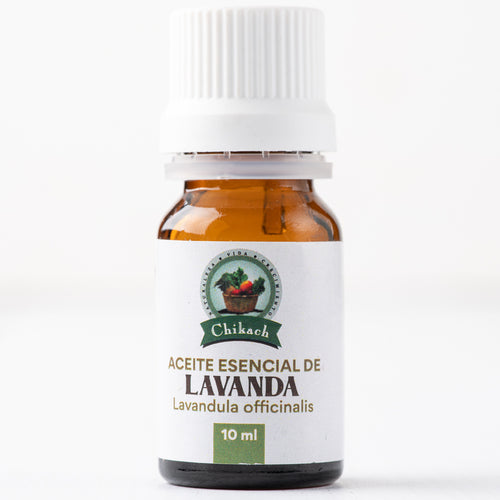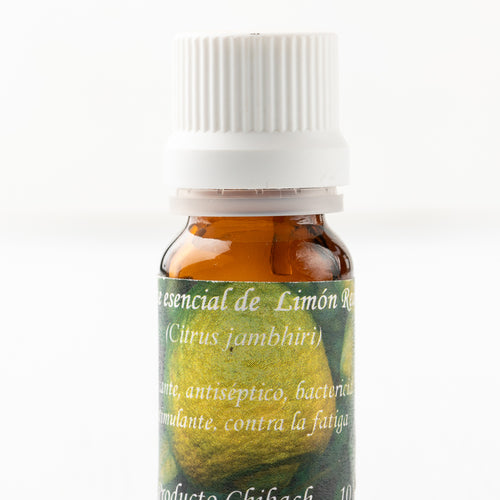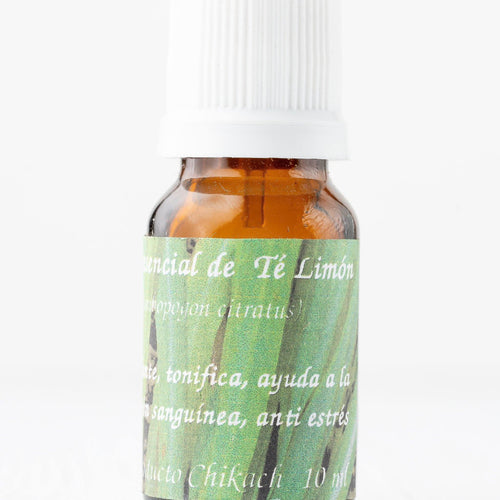Melipona honey from Talnete
per 60ml
Descripción
Stingless bees, better known as melipona bees, are very social insects that live in permanent colonies, distributed in tropical and subtropical regions of all continents; Nearly 400 species of these bees are known in Latin America, and in Guatemala up to now there is information on approximately 33 species.
The ancient Maya called the main bee they domesticated Xunan Kab, whose scientific name is Melipona beecheii, which produces the honey popularly known as “white honey†. The place or space where they are raised is called meliponario; At that time, as can be seen in the Mayan Codex known as Trocortesiano or Madrid, the Mayans had hundreds of "jobones" (bee nests in hollow pieces of trees) that provided honey and used as a sweetener and medicine. in addition to the pollen and the wax with which they made candles. These products formed an essential part of their religious ceremonies and their culture.
Uses and properties:
Melipona honey is a natural product that, in addition to its nutritional properties, is widely used as a remedy to treat various ailments. In general, they constitute a good revitalizing tonic, and stand out for their antioxidant and antibacterial capacity, which helps the body to prevent chronic diseases, or to treat infections that become resistant to treatment with synthetic antibiotics. Depending on the species of bee, the region of origin, its habitat, the ecosystem, and food sources, honeys vary in texture, flavor, degree of sweetness, acidity, color, aroma, and flavor, as well as their reducing sugar content. , vitamins, minerals and other microelements that give it its unique properties. A common feature is that they contain a greater amount of moisture than honey from the honey bee, so it requires other care for its conservation and durability.
- Talnet: ( Geotrigona acapulconis): Fractures, blows, different eye conditions and internal blows.They are also used to treat respiratory diseases, such as bronchial asthma, laryngitis, sinusitis and bronchitis; treatment of varicose veins, skin rashes, skin spots of liver or pregnancy origin, urinary problems. Talnet honey is often used to prevent and treat certain types of stomach cancer and tumors. If mixed with propolis, it helps control E.Coli bacteria .
External uses :
For eye problems: apply one drop to each eye in the morning and another before bedtime or when there is discomfort or dryness. Initially it produces a burning that subsides after a while. It is recommended to leave the eyes closed for a couple of minutes so that the honey is distributed and the burning stops. - Sores or wounds that are difficult to heal: apply honey on the affected part, three times a day, after cleansing and that it is dry before applying the honey. - In cuts or burns, apply honey directly to the wound. - For skin blemishes, acne, etc: use directly alone or mixed with lemon juice; leave 20 minutes and then wash and dry.
Internal uses:
In throat or respiratory problems, digestive problems, take a teaspoon 4 times a day and while the discomfort exists.
For gastric ulcer, gastritis and reflux: take 1 or 2 teaspoons of honey on an empty stomach, at least for a week, until you feel better.
When blood hemoglobin is low, it will be enough to take 2-3 teaspoons at breakfast to raise it to normal levels. This will be of great support during the pregnancy.
To purify the blood and help restore general health, treatment of tumors: mix 2 aloe leaves, 2 glasses of tequila and 250 ml of meliponas honey. Blend and take a teaspoon 3 times a day, better about 15 minutes before meals. (Recipe from Franciscan friar in Brazil)
General precautions:
- Although they are rare cases, make sure that the person is not allergic to honey.
- It is not recommended to give to children under 18 months of age.
- People suffering from diabetes should have a medical check-up before consuming any type of honey. In general, its consumption is not recommended.
About Chikach:
Chikach products are handmade, one hundred percent Guatemalan and produced from raw materials of natural origin, under strict hygiene standards and with constant quality control. In this way, they generate something that we call triple benefit: they benefit whoever consumes them for their organic and natural properties, the environment for the ecological well-being that they promote, and the rural communities that make them because their purchase contributes to their sustainable development.


